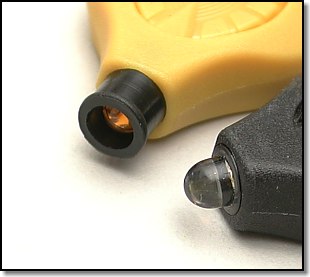Genzod
Banned
- Joined
- Apr 25, 2017
- Messages
- 392
I'm curious about cheap tricks used to modify light beams on flashlights and how well they work.
I'm familiar with DC-Fix or Magic Tape solutions to creating diffused light, and I've seen pictures of the difference it makes.
Not to long ago, I read someone talking about sticking a half diameter wide dot centered on the lens to reduce spill light for creating a more effective narrow beam in fog. I'm wondering if that diminishes throw output any. Anyone know anything at all about this?
Does anyone know of any before and after beam shot examples using the sticky dot technique?
What would happen if a tube with a flat back interior were placed in front of a circular lens? Would it block the spill and allow mostly just spot?
I'm familiar with DC-Fix or Magic Tape solutions to creating diffused light, and I've seen pictures of the difference it makes.
Not to long ago, I read someone talking about sticking a half diameter wide dot centered on the lens to reduce spill light for creating a more effective narrow beam in fog. I'm wondering if that diminishes throw output any. Anyone know anything at all about this?
Does anyone know of any before and after beam shot examples using the sticky dot technique?
What would happen if a tube with a flat back interior were placed in front of a circular lens? Would it block the spill and allow mostly just spot?








